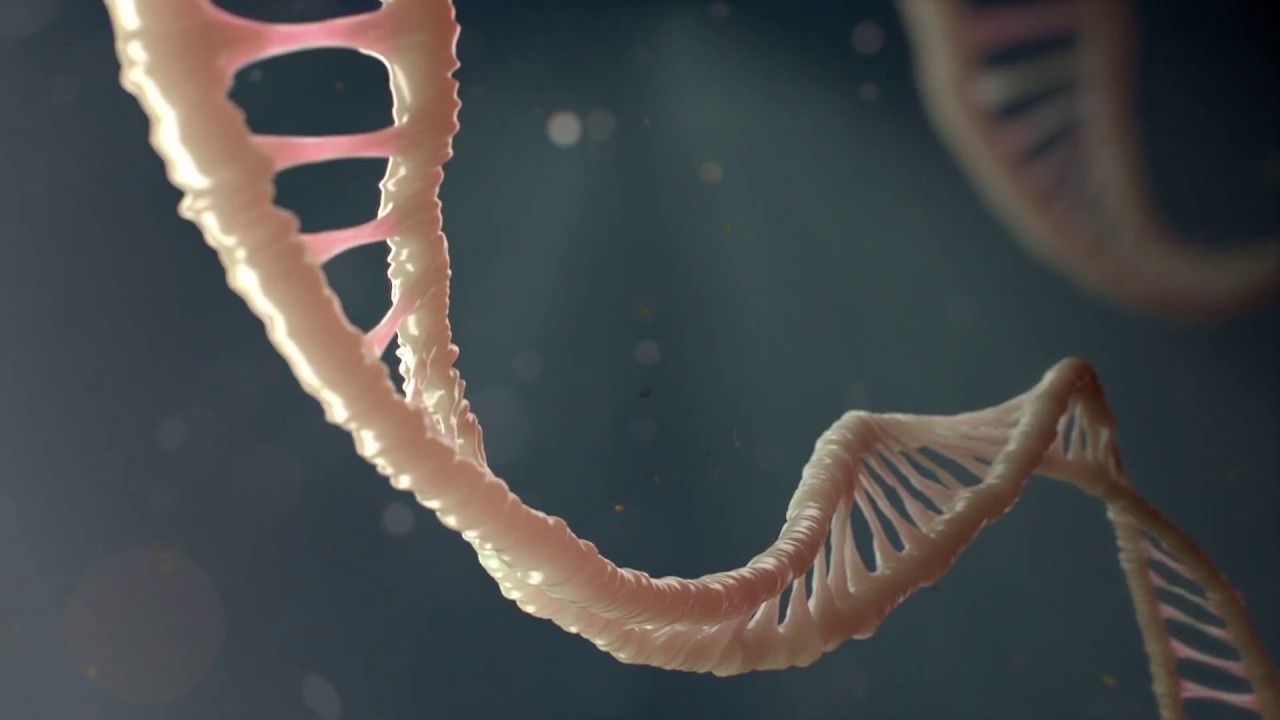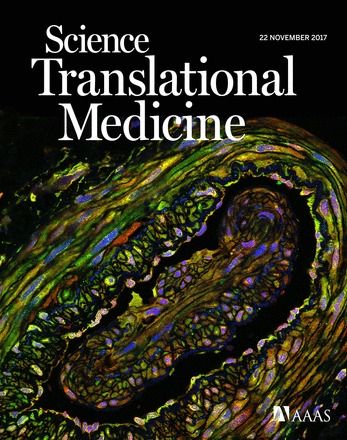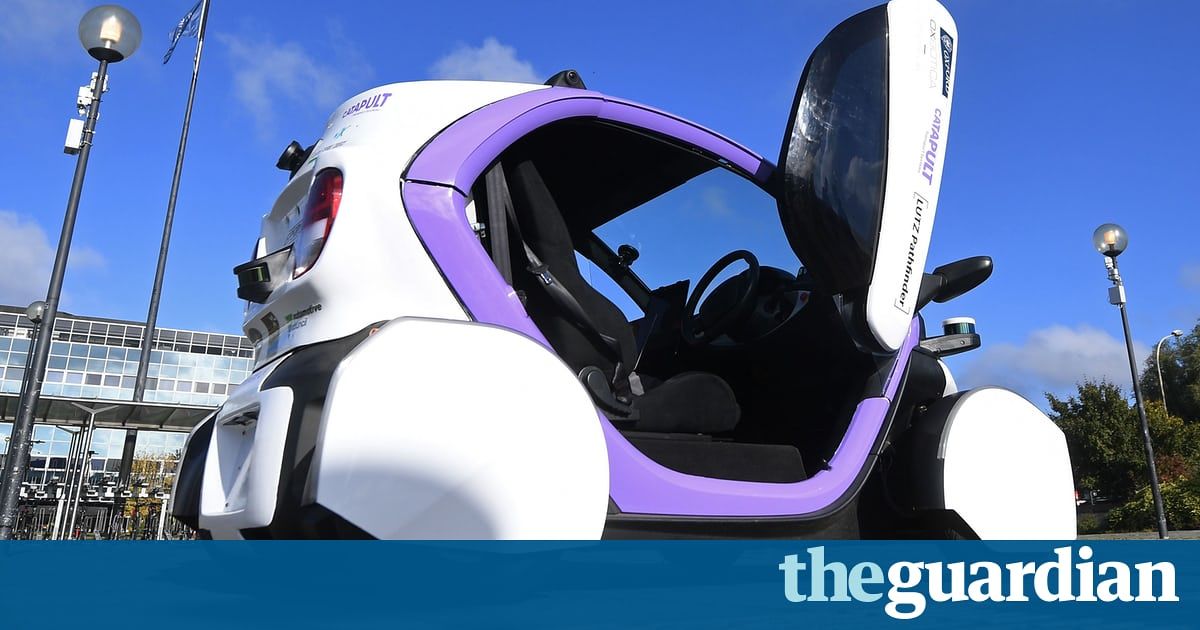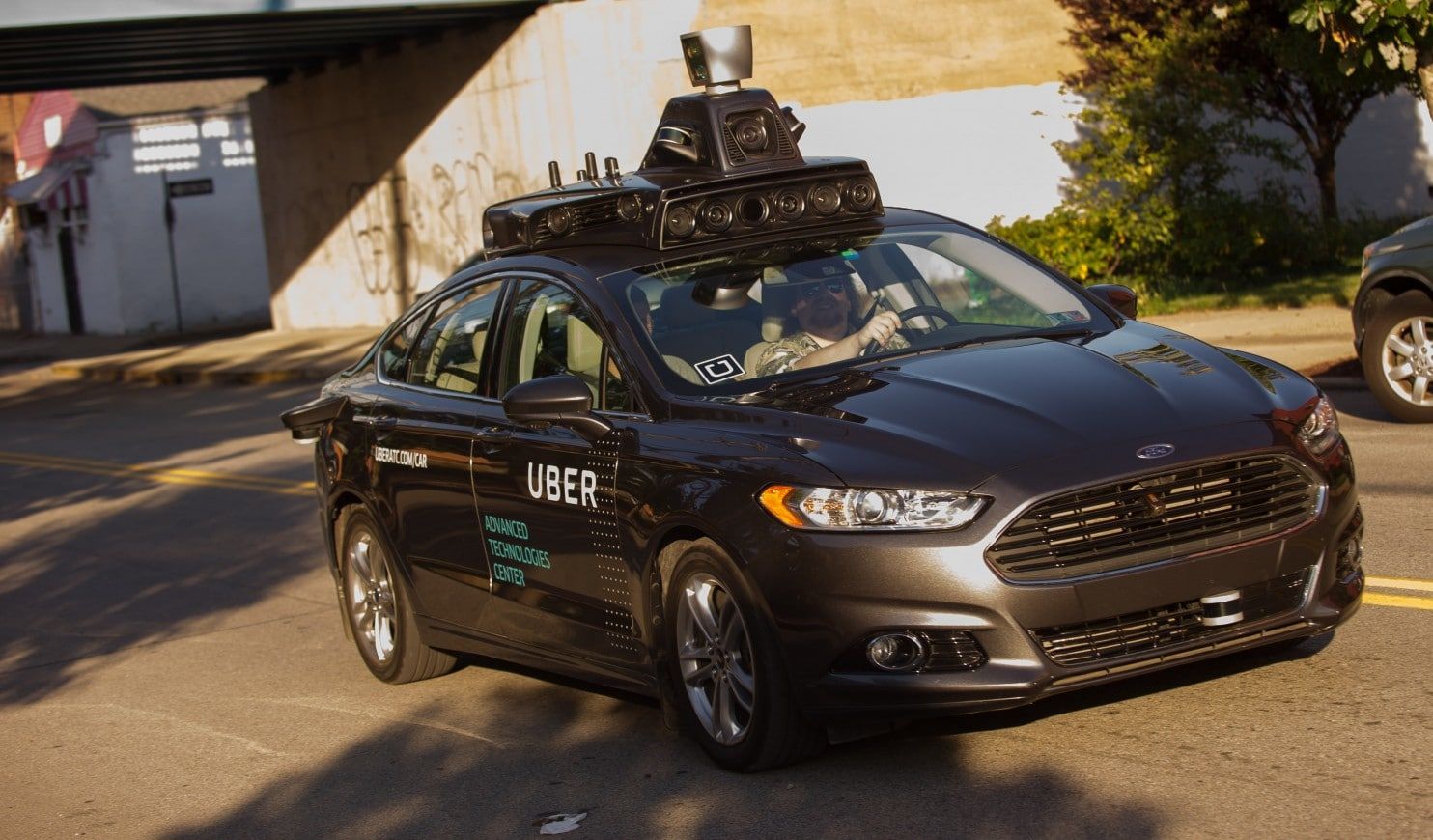Page 10023
Nov 23, 2017
Prion seeding activity and infectivity in skin samples from patients with sporadic Creutzfeldt-Jakob disease
Posted by Dan Kummer in categories: biotech/medical, robotics/AI
Another case of idiot MD’s who think they know everything not wanting to test for CJD, and getting mad when something they dont know existed contaminating instruments and spreading diseases.
AI doctors soon please.
Sporadic Creutzfeldt-Jakob disease (sCJD), the most common human prion disease, can be transmitted via neurosurgical instruments or corneal or dura mater transplants contaminated by infectious prions. Some epidemiological studies have associated sCJD risk with surgeries that involve the skin, but whether the skin of sCJD patients contains prion infectivity is not known. Orrú et al. now report detectable prion seeding activity and infectivity in skin from sCJD patients, although at much lower levels compared to brain tissues from sCJD patients. These data suggest that there may be a potential for iatrogenic sCJD transmission through skin.
Nov 23, 2017
Smart people have better connected brains
Posted by Dan Kummer in category: neuroscience
Die Goethe-Universität ist eine forschungsstarke Hochschule in der europäischen Finanzmetropole Frankfurt. Lebendig, urban und weltoffen besitzt sie als Stiftungsuniversität ein einzigartiges Maß an Eigenständigkeit.
Nov 23, 2017
Elon Musk takes 1st steps to build futuristic underground tunnel in LA
Posted by Dan Kummer in categories: Elon Musk, futurism
Nov 23, 2017
Philip Hammond pledges driverless cars by 2021 and warns people to retrain
Posted by Dan Kummer in categories: government, robotics/AI, transportation
Government of England pledges to roll out Level 5 Self Driving cars by 2021. And, they estimate 1 million people being left unemployed. Gives an idea of what will happen with automation of the Transportation Industry in the US.
UK chancellor says driverless vehicles will revolutionise people’s lives but says for some it will be ‘very challenging’.
Nov 23, 2017
Killer robots which use facial recognition ‘will be devastating to humankind’
Posted by John Gallagher in categories: robotics/AI, security
Professor Stuart Russell, a leading artificial intelligence (AI) expert at the University of California, said allowing machines to kill humans would endanger freedom and security.
By.
Nov 23, 2017
How to Beam Factories to Mars
Posted by John Gallagher in categories: alien life, health
In a recent blog post, Paul Krugman tried to illustrate a point about the GOP tax cut plan by imagining interplanetary trade with Martians. (At least he’s now entertaining voluntary transactions, rather than an alien invasion.) Yet in his zeal to downplay the potential benefits to workers from a corporate tax cut, Krugman ends up shortchanging the versatility of markets. As a teaching exercise, I’ll walk through the full implications of Krugman’s story about Martians, to show the elegance of capitalism.
Krugman’s Martian Scenario
The context for Krugman’s fanciful thought experiment is the GOP plan to cut the corporate income tax rate from 35 to 20 percent. In order to sell this plan as pro-worker, the GOP defenders are arguing that capital is very mobile on the international market. Therefore, global investors can be picky, and must earn the same after–tax rate of return (due account being made for risk), wherever they invest. This means — so the GOP argument continues — that a large cut in the US corporate tax rate will simply invite a flood of foreign capital into the US, pushing down the pre -tax rate of return to reestablish equilibrium across all countries. Yet this process helps American workers, who are now mixing their labor with a larger capital stock. Because labor productivity is higher with more tools and equipment, wage rates end up rising. Thus, so the argument concludes, the primary beneficiaries of the GOP tax cut won’t be international capitalists, but instead will be American workers.
Nov 23, 2017
CRISPR Can Now Hitch a Ride on Nanoparticles to Battle Disease
Posted by John Gallagher in categories: biotech/medical, nanotechnology

Yet CRISPR has a dirty secret: there’s really no perfect way to deliver the “molecular scissors” safely into cells. Most methods currently rely on viruses: the DNA that encodes the CRISPR machinery is spliced into a “viral vector” then injected into the troubled tissue.
That’s all well and good for diseases that affect blood and muscle. But for destinations buried deep within the body, delivery becomes a serious issue.
Continue reading “CRISPR Can Now Hitch a Ride on Nanoparticles to Battle Disease” »
Nov 23, 2017
How Would You Donate $450 Million? Six Leaders Weigh In
Posted by Derick Lee in categories: economics, education
Somehow, some way, someone paid $450 million, after buyer’s fees, for Leonardo da Vinci’s Salvator Mundi at Christie’s last Wednesday. Believed to be the last work by the artist in private hands, the painting’s price smashed all previous records.
Since the price also seemed more on par with the education budget of a medium-sized country, Artsy asked a range of leaders from the arts, economics, bioethics, and development to tell us how they’d spend $450 million.
After last week’s recording-breaking sale of a Leonardo da Vinci painting, Artsy asked a range of leadersdevelopment how they’d spend $450 million.
Continue reading “How Would You Donate $450 Million? Six Leaders Weigh In” »
















